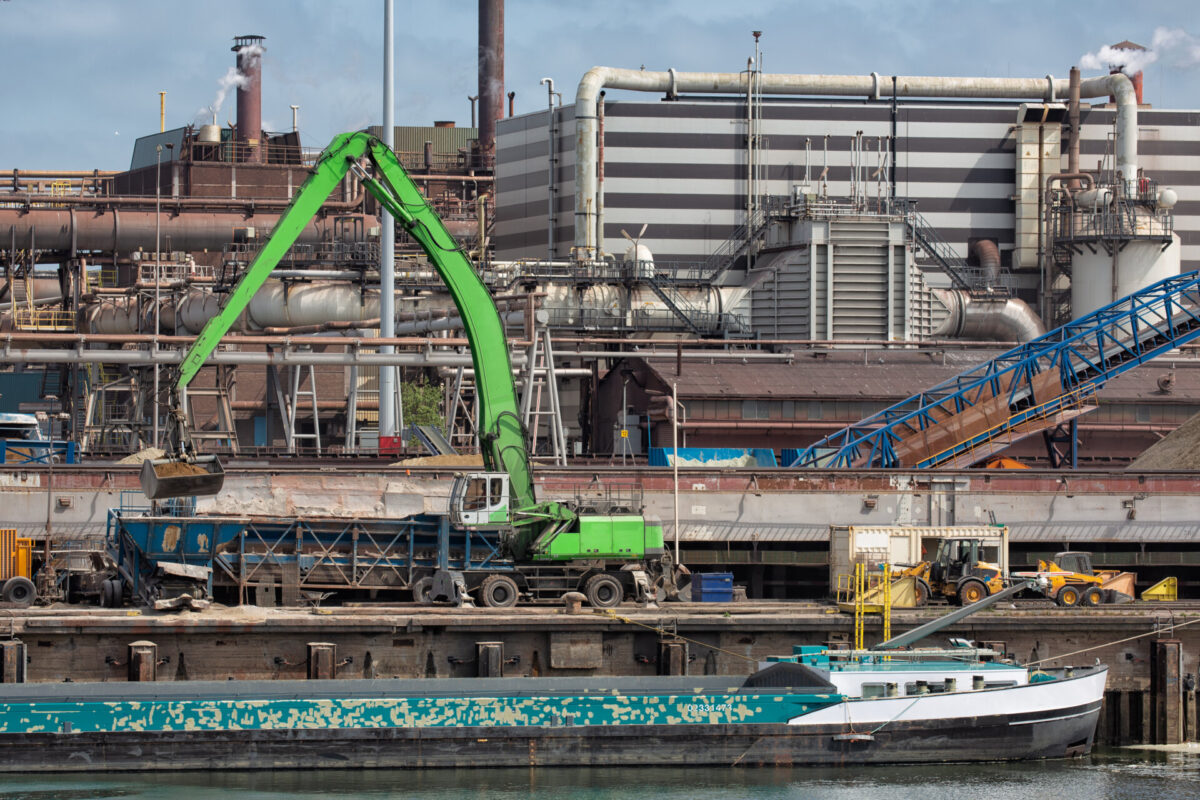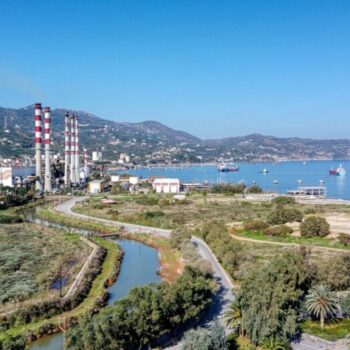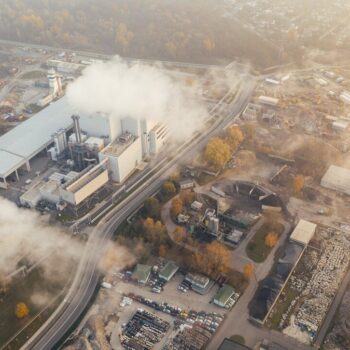Industrial decarbonisation is no longer on the backburner for EU policymakers. It has shifted firmly to the forefront of the EU climate political debate and the 2019-2024 political cycle saw important progress on key policy levers. However, key gaps and challenges remain to be addressed. Europe’s future prosperity rests on getting this right.
From hard-to-abate to… easier-to-abate?
Heavy industry sectors, accounting for roughly 21% of EU emissions, have until recently been on the backburner for EU policymakers. As a result of their trade-exposed nature, policymakers have been reluctant to impose stringent climate policies on these sectors for fear of affecting their competitiveness and risking carbon leakage. This narrative has, however, undergone a profound shift over the course of the past four years.
“Carbon leakage” concerns have been replaced by “low carbon leakage” concerns. Previously policymakers worried that EU industry would be undercut by carbon-intensive production abroad. The concern now, especially in the wake of the US Inflation Reduction Act (IRA), is that EU industry will be overtaken by cleaner production elsewhere. Decarbonising production processes is now recognised as a prerequisite for the continued competitiveness of EU industry, the creation of decent jobs, and economic growth.
This shift in thinking comes off the back of a wave of positive announcements from the private sector. The so-called “hydrogen hype” injected much-needed optimism in the possibility of decarbonising what were previously known as “hard-to-abate” sectors. There has been a string of announcements about clean industrial pilots as companies line up to capitalise on this shift and set net-zero targets. Whereas in 2019, the focus was still on breakthrough technologies coming down the line in the 2030s, today there is a much stronger sense that we already have many of the technologies required to decarbonise EU industry.
Climate-neutrality forced the EU to start getting serious about decarbonising EU industry.
Growing confidence in the feasibility of industry transition alongside the commitment to climate-neutrality under the European Green Deal, opened the political space for more concerted policy efforts on industry decarbonisation at the EU level.
Largely through the introduction of the Carbon Border Adjustment Mechanism (CBAM), EU co-legislators were finally able to land a deal on phasing out free emissions allowances for EU industry sectors in the Emissions Trading System (ETS). The final deal is not perfect and there is a risk of backtracking during the next Commission mandate, but it represents a major shift towards finally pricing industrial emissions. A stronger carbon price signal in combination with increased and more targeted financial support, including through Carbon Contracts for Difference under the Innovation Fund, means we are starting to get some of the policy pieces we need for a comprehensive EU industrial decarbonisation framework.
Remaining gaps and challenges
However, critical policy levers are still missing, in particular on the demand side. The EU has a key role to play in developing lead markets for green industrial products, by setting binding requirements for green public procurement and ambitious standards to drive cleaner production and consumption practices. Similarly, the potential for deploying circular economy levers to transform how much steel, cement and how many chemicals we need in the first place remains underexploited. These have been underplayed areas to date in the European Green Deal.
There is a huge potential for industrial electrification in Europe that has yet to be seized. EU industry is currently facing higher energy costs than international competitors and the looming challenge of a future in which access to ultra cheap renewables and critical raw materials will determine competitiveness. The EU has a chance to make access to low-cost abundant clean power the cornerstone of its industrial strategy through a package of measures covering financial support for direct electrification, electricity market design and renewables roll-out.
Finally, the EU needs to take yet another run at putting forward a coherent green industrial strategy. The EU has been struggling to effectively counter industrial policy pushes in the US and China given internal divisions on industrial policy and fiscal rules. However, a fragmented, national approach which focuses mainly on more flexibility for state aid will only widen divisions among member states. The EU needs a strategy that coordinates member state approaches and offers common financing on a sufficient scale to compete with the US and China.
Read other blogs in our state of the Union series:


